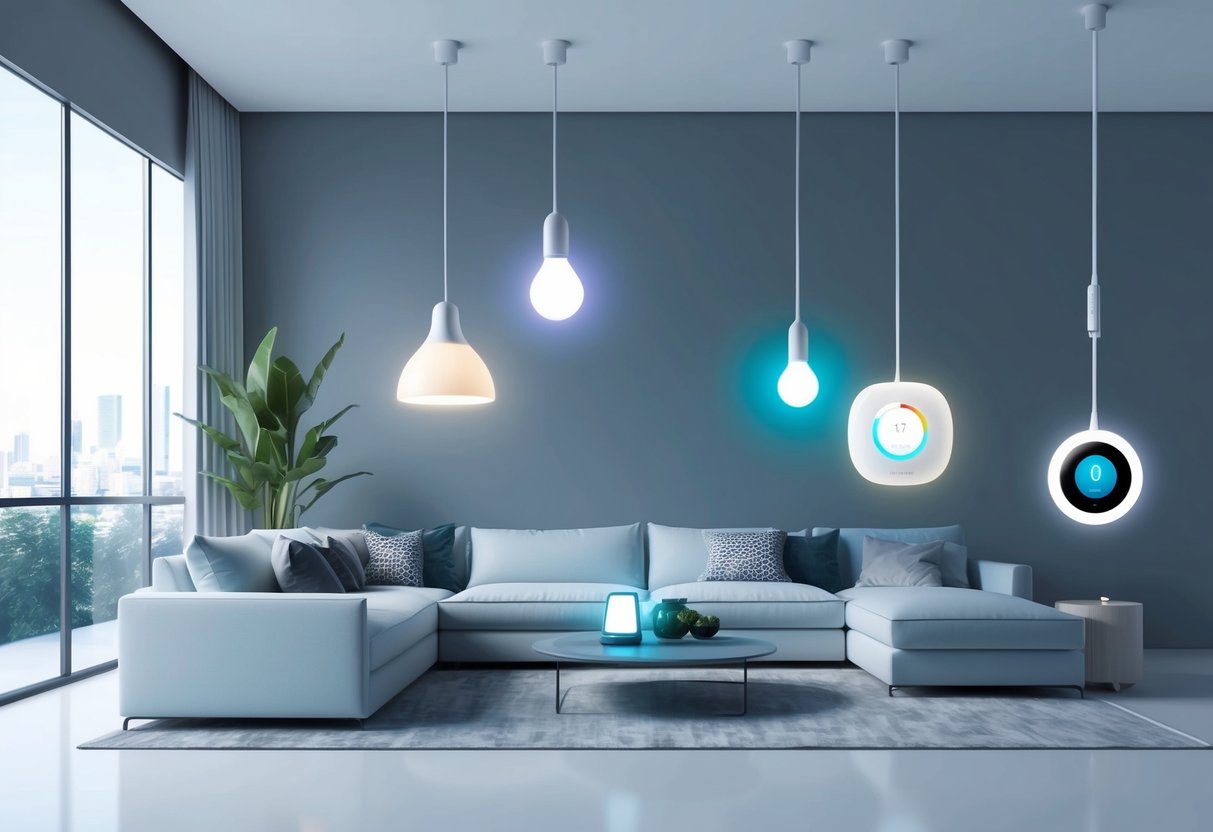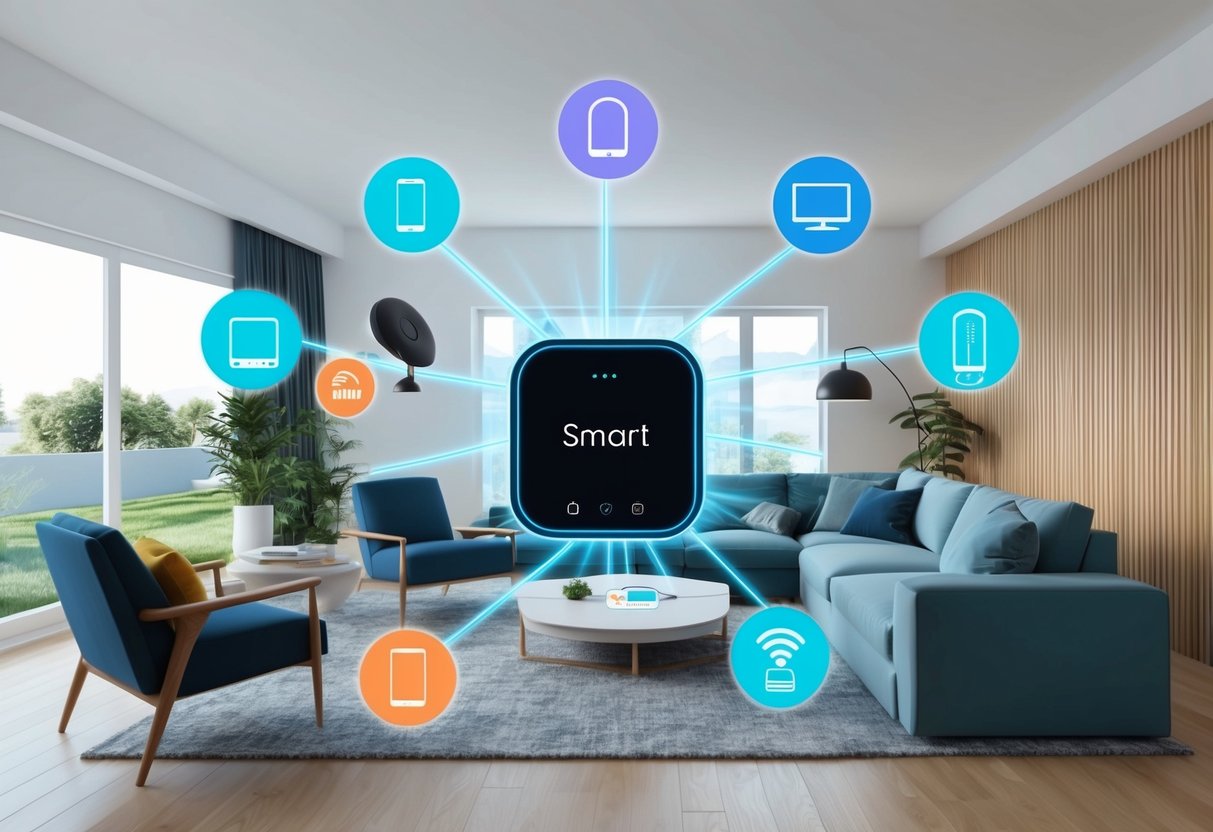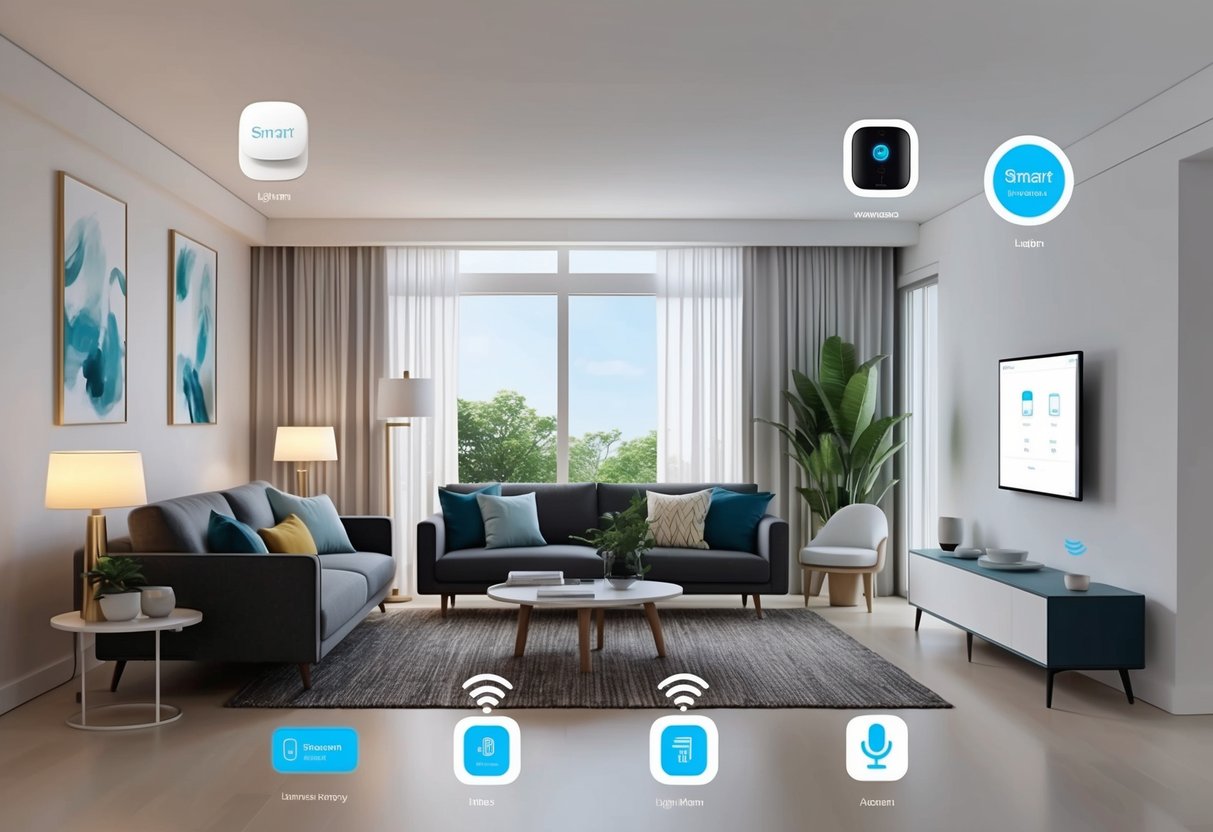
Privacy, Security, and Consent in Smart Homes

Protecting privacy and ensuring security remain top concerns in smart homes, especially as connected devices collect more personal information. Informed consent, transparent data practices, and robust security measures shape the user’s trust and experience.
Managing Data and Cookies
Smart home devices often rely on data and cookies to personalize settings, automate routines, and improve system efficiency. These technologies collect data such as device usage, voice commands, location, and more.
Manufacturers use cookies and tracking tools to analyze user behavior, which can present risks if not managed carefully. Effective data management starts with understanding what information your devices collect.
It is important to use dedicated networks or guest Wi-Fi to isolate smart devices from sensitive personal data, as recommended by many privacy enthusiasts on online forums like Reddit. Enabling features such as network encryption, device-specific passwords, and automatic software updates ensures better security measures.
Many devices now include dashboards for users to monitor and control what data is stored or shared. Checking privacy policies and adjusting data-sharing settings allows residents to tailor their privacy preferences.
For more details on privacy considerations in smart homes, see this practical breakdown on maximizing privacy in modern homes.
User Consent and Transparency
Consent is central to the ethical and legal operation of smart home technologies. Users should be given clear options to agree or decline when devices collect, process, or share personal data.
Well-designed consent mechanisms inform residents about the types of data being collected and the reasons for data processing. Transparency also means device makers must provide accessible documentation detailing what their systems do with user data.
Consent interfaces should allow users to easily withdraw or modify permissions at any time. Leading brands have started adopting privacy dashboards and proactive notifications about security updates or policy changes, ensuring that homeowners stay informed and in control.
Homeowners should review privacy settings regularly and check for updates on how their information and cookies are handled by each device. To better understand risks and benefits, refer to resources on managing privacy and consent in connected homes.
Frequently Asked Questions

Modern smart home technology makes daily routines easier to manage and accessible for people with any budget. Top-reviewed devices offer valuable features like automation, voice control, and seamless system integration.
What are the top budget-friendly smart home devices available today?
Affordable options include smart plugs, which allow remote control of lamps and small appliances, and Wi-Fi light bulbs that let users adjust brightness or color without rewiring fixtures. Many homeowners also favor budget smart speakers, as they provide voice assistant functionality and serve as a hub for other connected devices.
Learn more about versatile, budget devices by reviewing recommendations on reputable tech websites such as CNET’s smart home device roundup.
How can I start automating my home with minimal investment?
An easy way to begin is by installing a few smart plugs or bulbs in high-traffic rooms, which can usually be set up in just a few minutes. Mobile apps from major brands are typically free and don’t require extra purchases.
Sticking to one ecosystem—for example, Google Home or Amazon Alexa—also helps reduce upfront costs.
Which smart home system is recommended for easy integration and use?
For beginners, Amazon Alexa and Google Home are popular for their straightforward setup and wide compatibility with third-party products, including doorbells, cameras, and thermostats. Apple’s HomeKit is known for its privacy features and smooth integration with iPhones and iPads, though device options are slightly more limited.
What capabilities should I expect from a high-quality intelligent home setup?
A robust smart home setup supports voice commands, scheduling, remote access, and device grouping for tailored automation. Advanced features might include energy monitoring, geo-fencing, and routines triggered by daily habits or environmental changes.
Reliable systems also integrate security, lighting, HVAC, and entertainment for seamless, centralized control.
Can you provide a list of essential smart devices for a beginner’s home automation?
Entry-level smart home setups often include Wi-Fi connected plugs, smart bulbs, a central voice assistant speaker, and maybe a thermostat that can learn daily schedules. Some users also add security cameras or smart locks for basic home monitoring.
See ideas and common starter kits discussed in smart home guides and FAQs.
What are the best smart home gadgets for enhancing everyday tasks and convenience?
Popular devices for convenience include robot vacuums for automatic floor cleaning. Video doorbells allow you to monitor visitors remotely.
Smart displays can combine entertainment, controls, and video calls in one unit. Thermostats that auto-adjust to occupancy patterns also help optimize comfort with minimal effort.